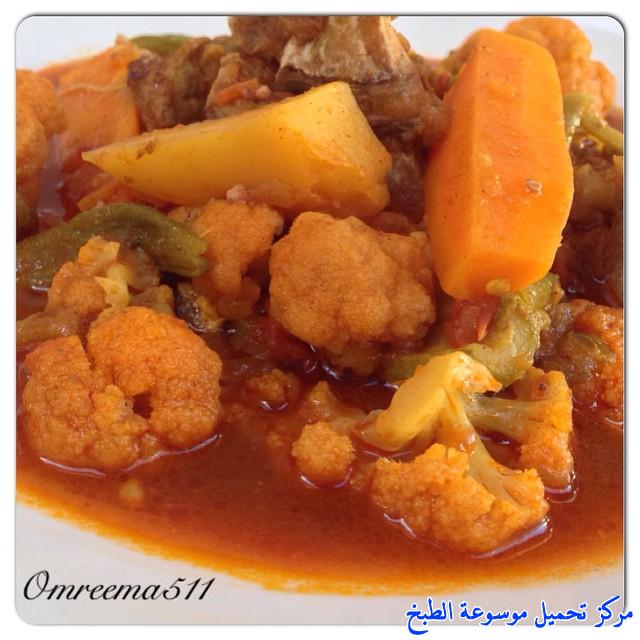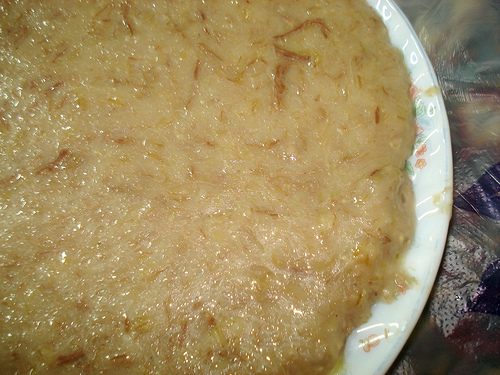Happy Friday everyone! :)
Ramadan is nearly over. It really went by in a flash. I have no idea why or how it went be really quickly. Every Ramadan, I try my best to come back home to Saudi to spend the month with family. Plus the days are shorter and the food is nicer. (Read more about Ramadan in Saudi here). The first meal after the fast at sunset is called Iftar and I have two types of Saudi Iftars that I will tell you about. The first Iftar is the daily Iftar that I have with my maternal grandfather *May God bless him & prolong his life in health & emaan* and the second one is the weekly Iftar that I have with my father's extended family. Both are very different from each other.
My daily Iftar is very quiet with very minimal conversation because my grandfather believes that we need to respect food, so we usually just focus on eating in silence with maybe few comments about the food itself. Eating together is something we don't really do because everyone in the family works and each person have their own schedule. Not to mention that I am only back for few weeks at a time. My friends never expect this type of Iftar when I tell them about my Saudi Iftars and they think I am just hiding all the daily fun I am supposedly having.
My weekly Iftar is the more Saudi orthodox type. It's fun, loud and full of people *MashAllah*. It's the other extreme. My father's extended family is BIG just like most Middle Eastern families and everyone gathers in the old family house, where my father and his siblings grew up. My aunts are usually in charge of the food. Each one brings few delicious dishes. As my cousins and I grew older, we started contributing to the food as well, brining new age dishes. The highlight of the weekly Iftar is the traditional dishes. There are a few that are a MUST of Ramadan:
"Salonah", meat and vegetables in liquid red sauce, served with rice or bread.
"Harees", slow cooked grains with meat.
"Sambosa" the pastry triangles filled with cheese, meat or whatever filling.
"Qimat" or as my aunt calls it "the king of the sufra/food spread"
"Saqwo" gooey sweet thing like a thick elastic jello.
"Blaleet" thin, sweet pasta and sometimes contains eggs.
"Aseeda" brown, sweet, thick pudding.
All these dishes take hours to make and are usually made during Ramadan. The only two that are made outside of Ramadan regularly are the salona and the sambosa. Different parts of Saudi have different traditional dishes, but these are ours in the Eastern part of Saudi. They are very similar to the traditional dishes of the neighbouring countries.
The weekly Iftar is what most families do in Saudi and the Arabian gulf countries. Usually there are two gatherings a week. Whether it's Ramadan or not. One at the paternal grandparents house and another at the maternal grandparents house, which takes up the whole weekend.
Below are two examples of the big weekly family iftar! :D Can you spot the traditional dishes on the food spread? ;)
More posts from Saudi:
Hope you enjoy the few remaining days of this month! :)
















Are Saudi women allowed to travel without a man or guardian permission? YES. The law changed in August 2019. Read all about it here